Project brief - Rosetta@home explained
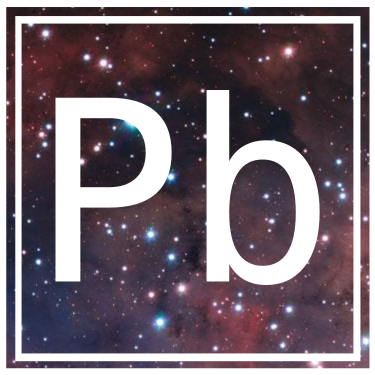
Project brief (Pb) is a series continued by me where I will be talking about scientific projects apart of the BOINC network in simple terms.
Now this isn't a lecture on glycoprotein receptors and molecular docking simulations, it's a simple and super fun experience in learning about what's out there and what you could be supporting with just the click of a button!
Join me live on BOINC Radio on April 17th at 4:00pm EST!
Who am I?
I'm Delta! An Australian programmer, technologist, blockchain expert, self-proclaimed physicist and co-host of the BOINC Radio podcast!
I like to communicate things to people in the simplest way possible and teach people about the most interesting things that this universe has to offer.
You can find me on Discord where I hang out in the BOINC Network server and drink tea on the weekend.
What's happening this BOINC Radio?
On April 17th I will be explaining the BOINC project Rosetta@home.
There are a few types of disease that the human race has always struggled to overcome, much like cancer and viruses. Solutions to these require countless trial and error until we can find some methodical way of doing it.
If you want to help find a cure to COVID-19 and end this pandemic, Rosetta@home is allowing everyday people to come and contribute to the making of a possible vaccine. And I'm going to tell you how it's done.
What is Rosetta@home?

What this project does is simulate what's called protein "folding", which produces millions upon millions of protein combinations of biological "keys" to try and fit into the target's "keyhole". And if we find that one key that fits it perfectly, then we might have just found a cure!
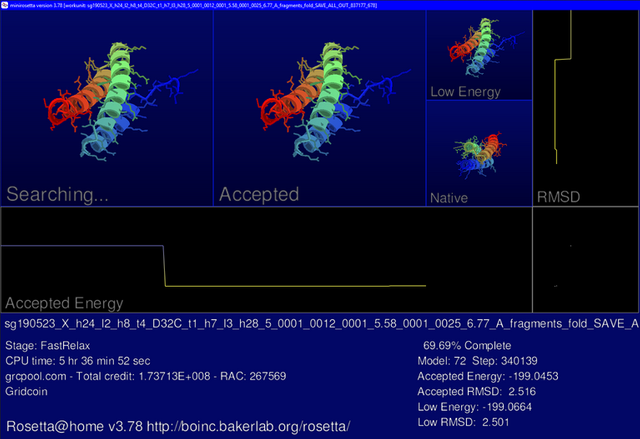
So what is a protein? Well it's not the stuff you need to eat to get muscles.
Put simply it's just an long strand of (non-harmful) chemicals called amino acids all tangled in a shape that allows them to do something. Proteins are everywhere, they digest food in your gut, they carry oxygen around your body and help us fight infection. And not just in humans, plants, viruses and even your pet dog or cat has proteins.
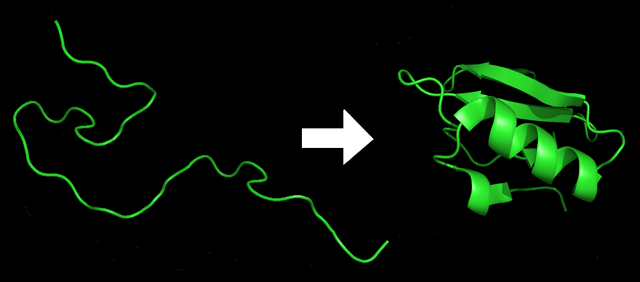
Folding is the process where you take the strand that makes up the protein and mould it into its natural shape when exposed to certain microscopic environments. This shape is very important because it defines what the protein does and whether it will fall apart later on. It is a really big simulation of physics at a molecular level.
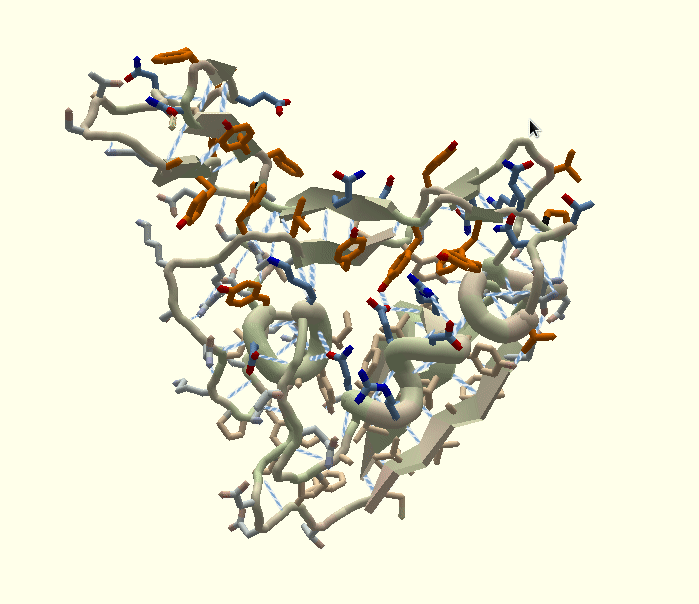
This here is what the COVID-19 "spike" looks like as a protein. It is the part of the virus that attaches to the human cells and infects them, and if we can somehow block it, we can stop the virus.
So we are looking for proteins that can "dock" (fit into) the end of this spike and stop it from interacting with humans.
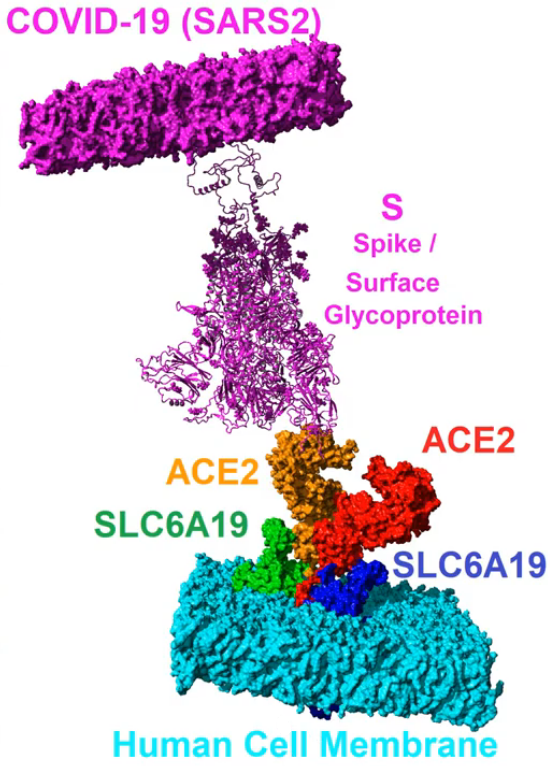
What your computer will be doing when you sign up to Rosetta@home is molecular dynamics simulations. You will be running the math and the physics to see whether existing drugs can be used to attach to the COVID spike and stop the virus from becoming infectious.
This is an important cost-cutting measure for science labs around the world when they test these drugs. Rather than testing billions of drugs in a lab, thanks to you, we may only need to test less than 100 that look very promising and safe for humans to consume.
Don't have a good computer or want to donate your spare time?
Try out fold.it a game where you can build a vaccine for COVID-19 and help scientists find a solution to this crisis.
Join Zooniverse, a site for volunteer science!
Solve puzzles and complete tasks that help real scientists solve real problems!
Check out my twitch.tv and youtube channel where I do volunteer science every now and then! Make sure you follow me and subscribe to get a notification whenever I go live!